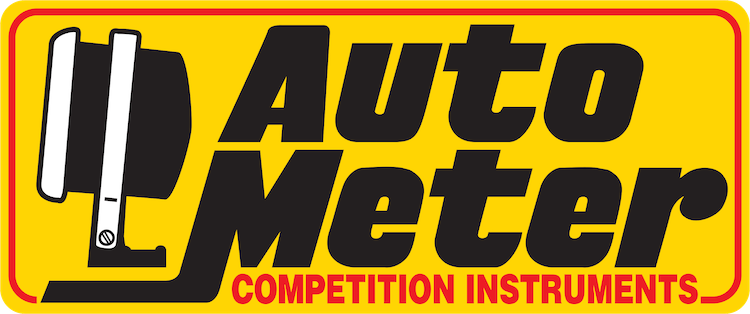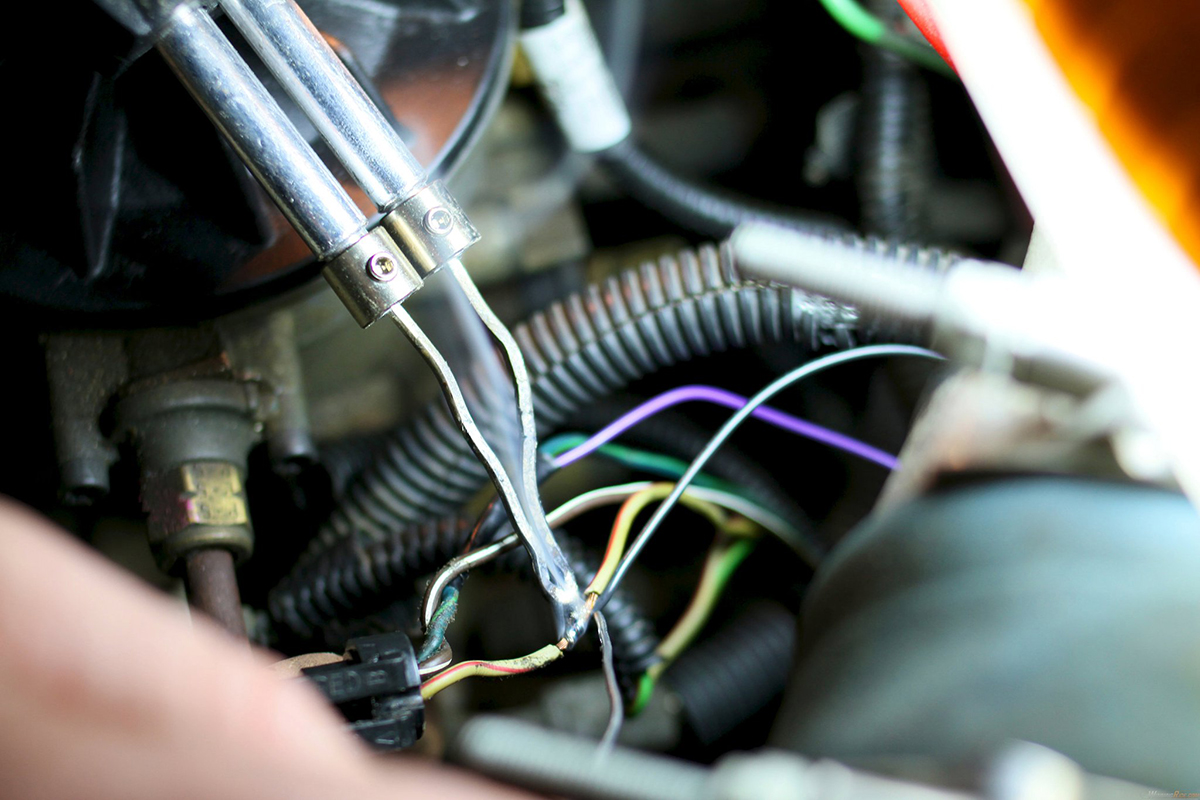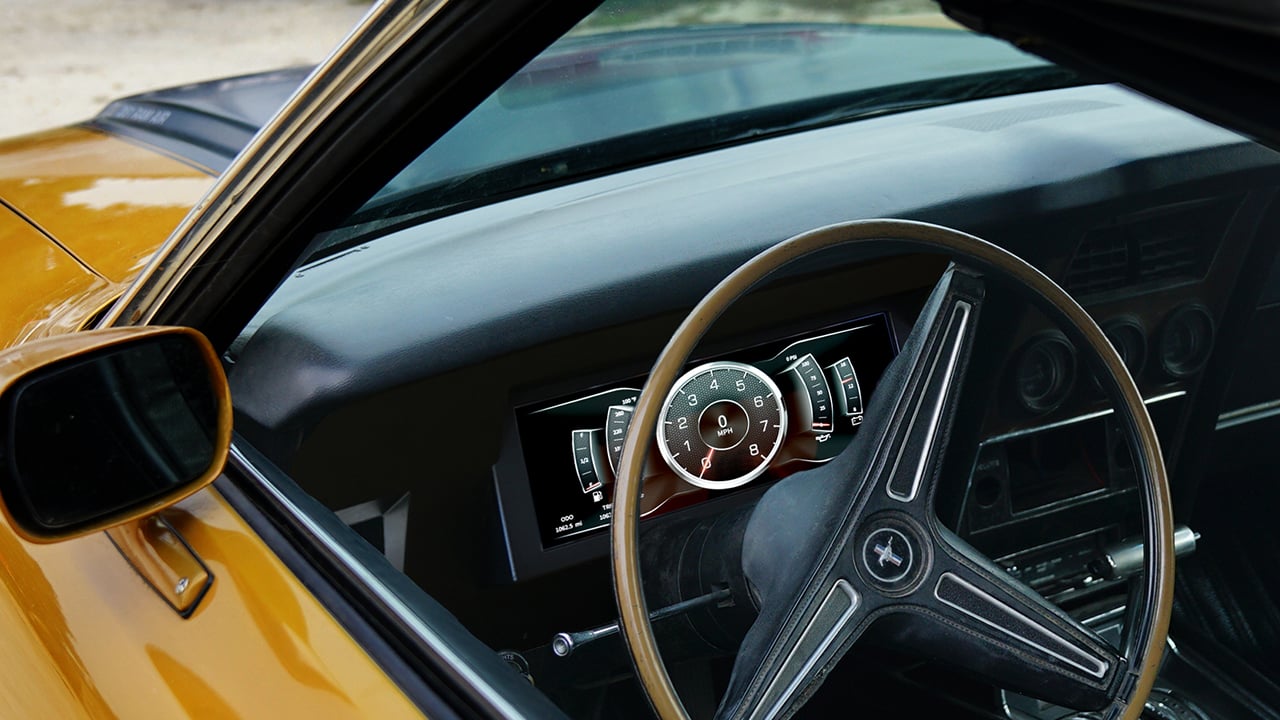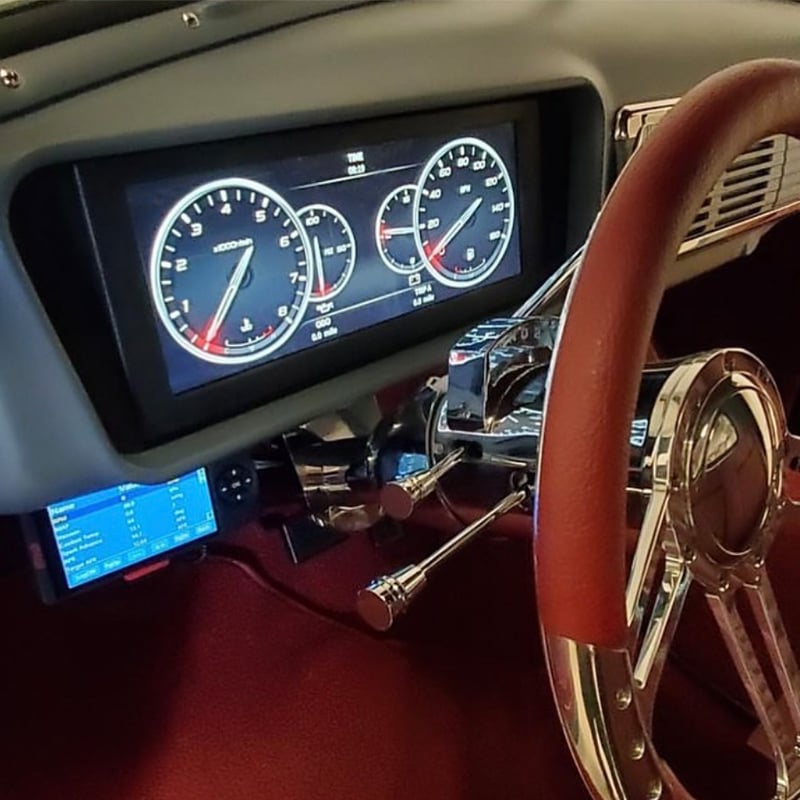Tech Talk
Soldering and Crimping
When wiring, you may find yourself asking when to solder and when to crimp. Soldering does cause the joint to become brittle. This is something that we have learned over time and experienced and it requires knowing when to solder, when not to, as well as proper strain relieving of the soldered area.
If it is high current (such as the charge wire of a 100A alternator), or a wire splice (joining two wires together) on a boat trailer, then absolutely I am going to solder, heat shrink, and then strain relieve however possible. I rarely solder interior wires, except for high current wires (think of remote start wires connecting to 10g ignition wire). For most wires going to and from the engine, I typically crimp & heat shrink (this was where I had a lesson learned moment about 15 years ago when a temp sender wire broke that was soldered).
I tend to solder lighting harnesses that can be fixed to the body and properly strain relieved (at least, again, higher current like sealed beam headlight wires).
I have seen MANY high current splices done with crimp connectors fail, to the point of the yellow plastic jacketing in the crimp connector is completely discolored. This is from resistance from that connection.




